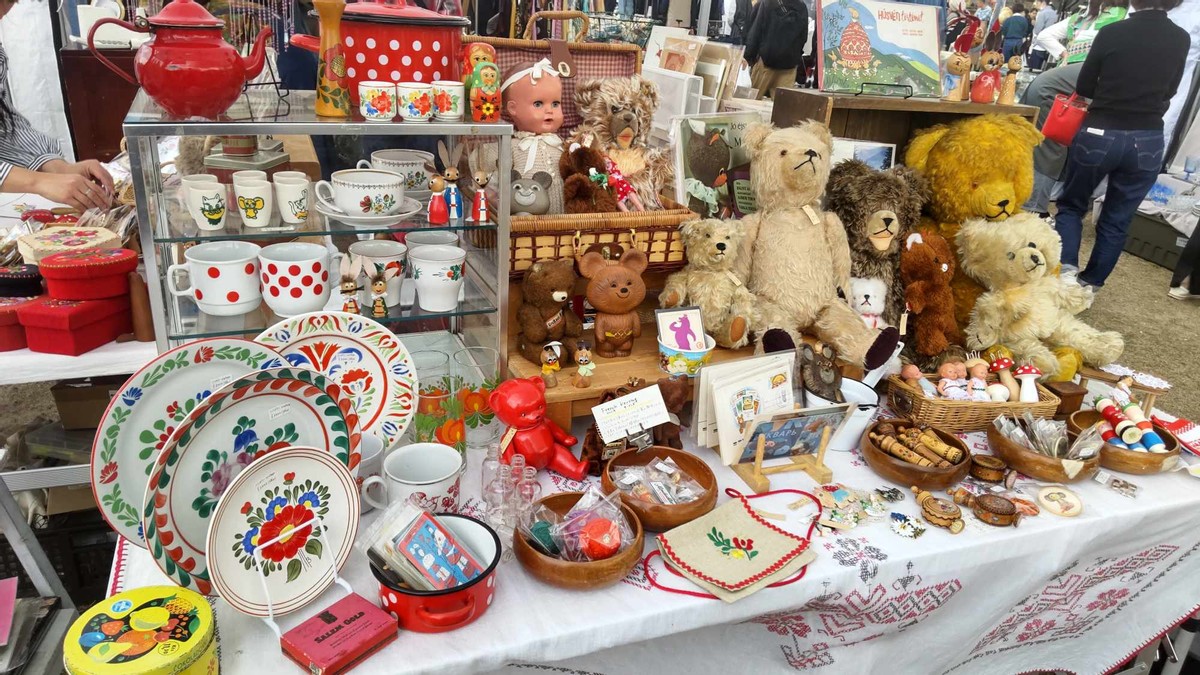
Do you like antiquing? I absolutely love it! Ever since I found a big vintage market's advertisement, I'd been looking forward to going.
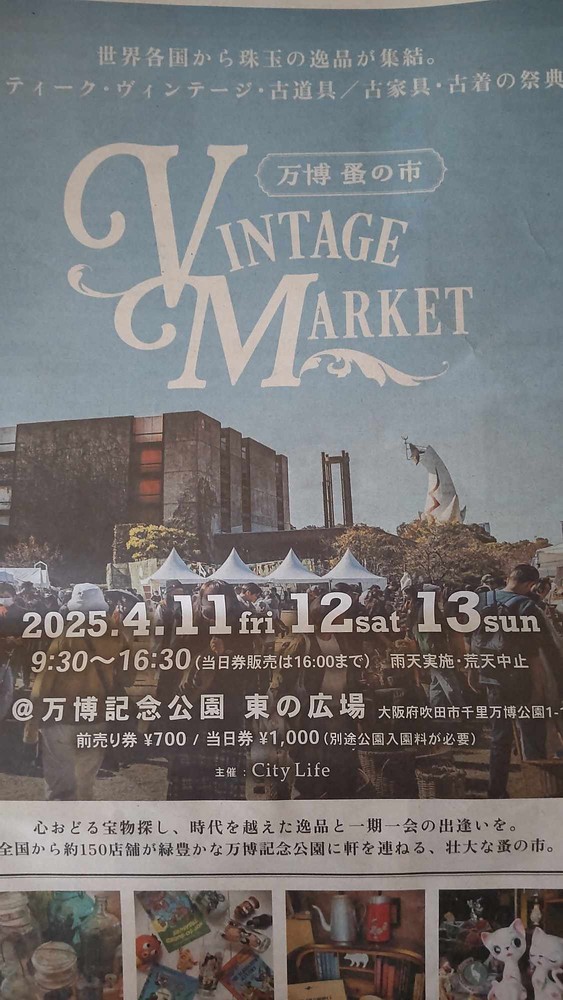
It was my first time going to Banpaku Vintage Market, but fortunately, the location is close to the area where I live. First, I took a monorail.
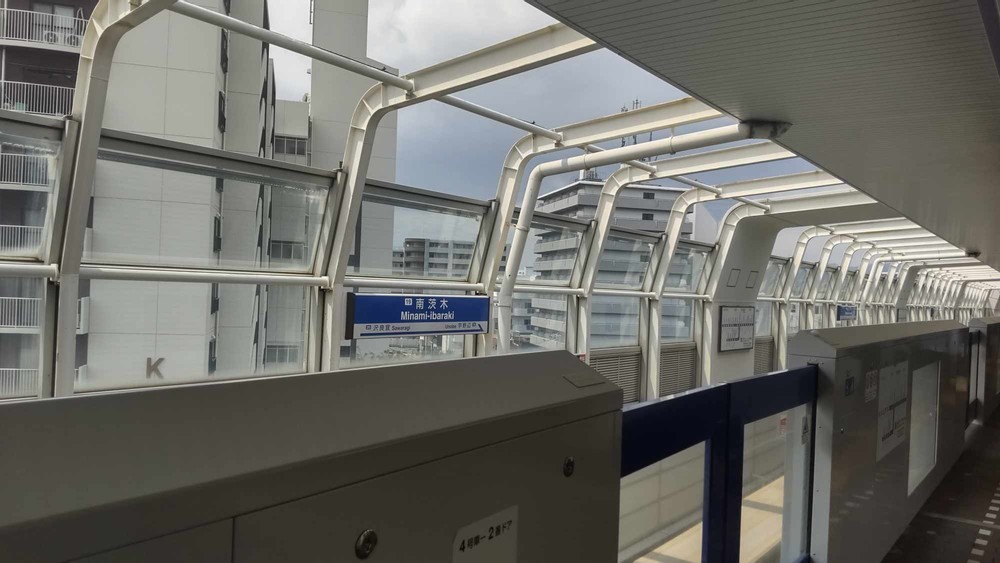
You can see a single rail in the picture below. Compared to regular trains, monorails move smoother.
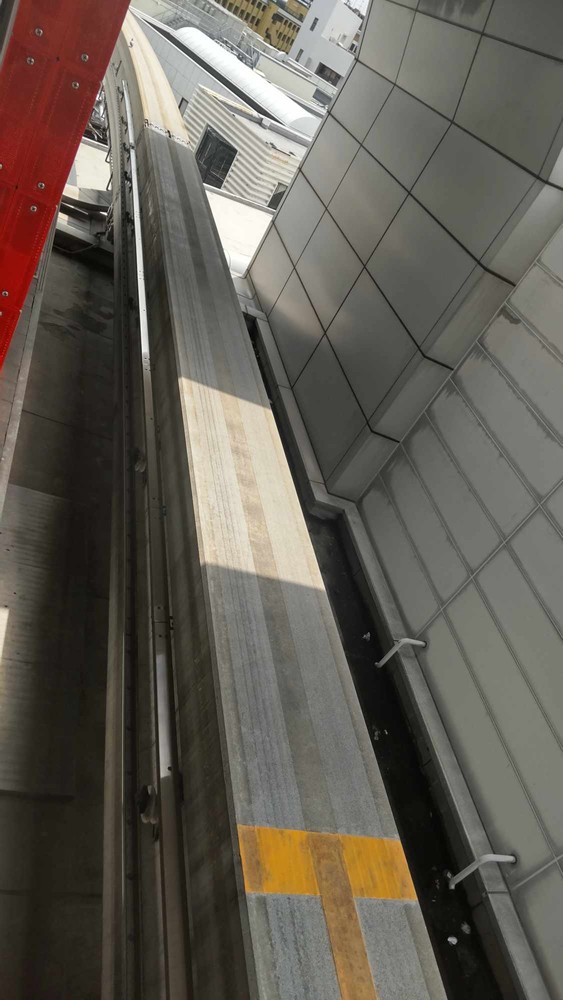
For some reason, my closest monorail station has a mini library although I've never used it.
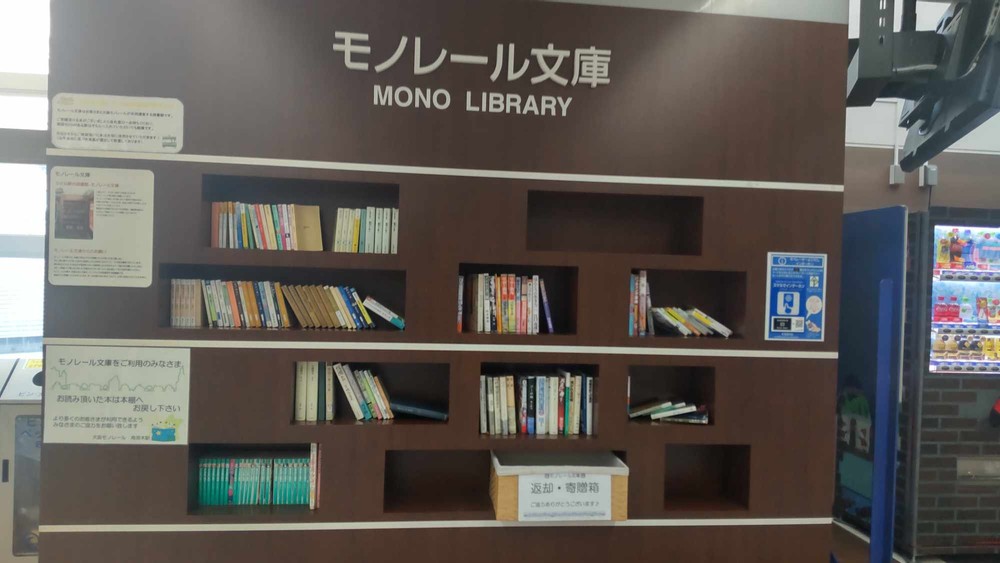
I got on the train in the picture below and headed to the market. I was very excited!!

Vintage Market, here I come!
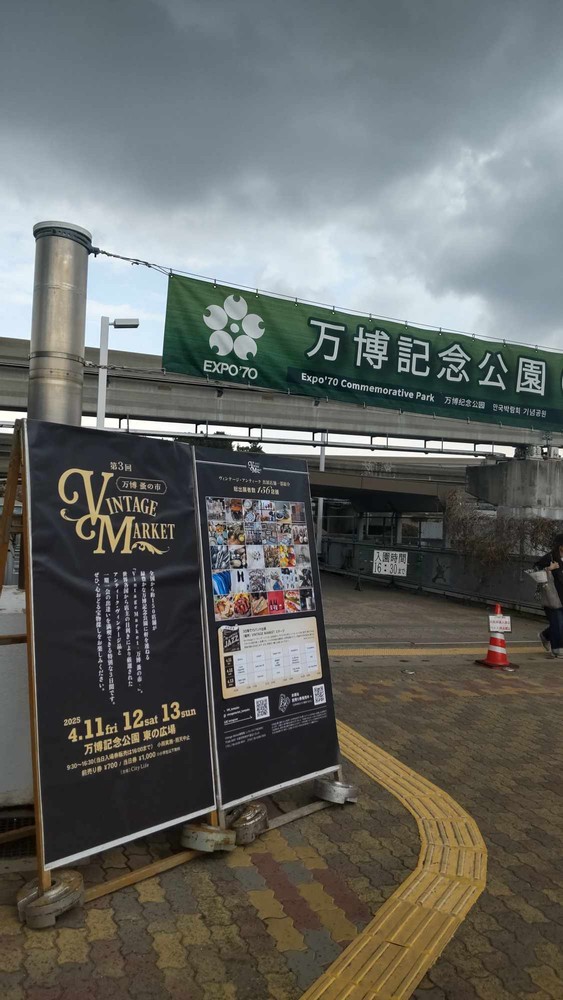
The statue in the picture below is called taiyō no tō (tower of the sun), which was the symbol of Expo '70. That's right. I was heading to the location where we had the very first World Expo in Asia. After the expo, the place once became an amusement park, but now, it's a huge park.
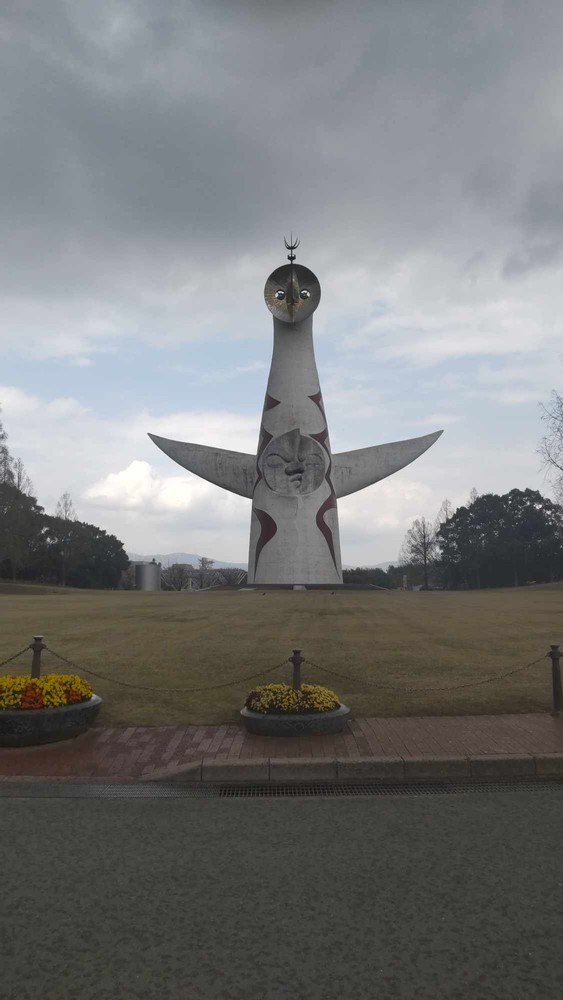
While enjoying viewing cherry blossoms, I was heading to the market. I was getting more excited!
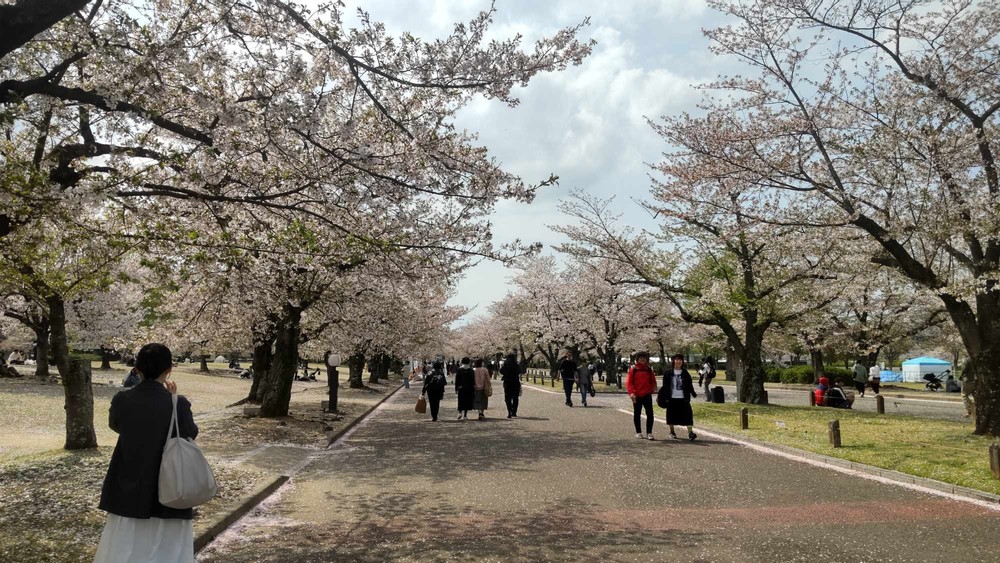
In the park, we still can see some pavilions from Expo '70. The picture below shows one of them. We'll host Expo 2025 the day after tomorrow, and the location is also Osaka again!

I often used to go antiquing with my American friends while learning china painting in the States. We sometimes saw classic cars at antique fairs. So, when I saw these classic cars in the pictures below, I immediately thought of my friends back in the States. Then, I imagined this vintage market would be an American style.
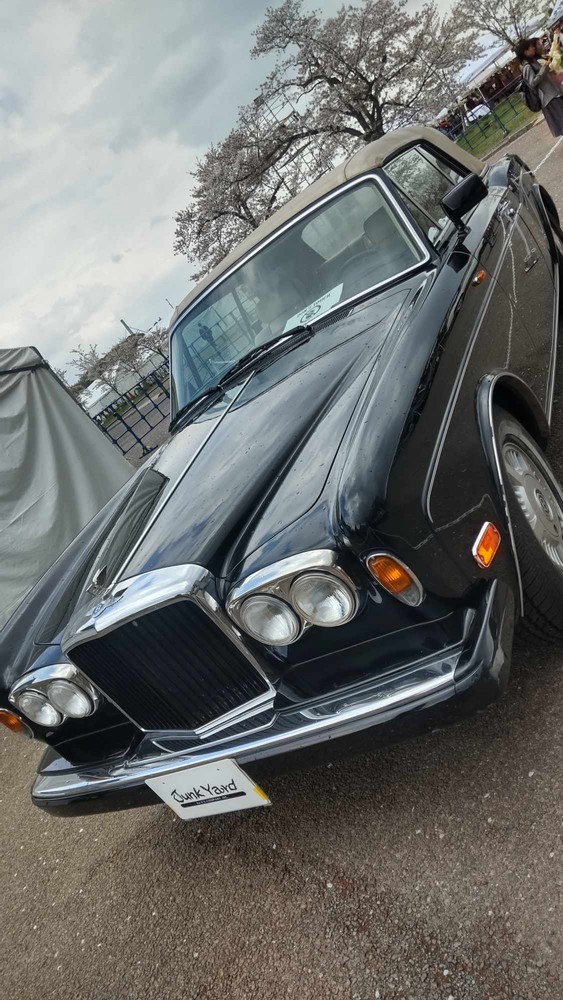
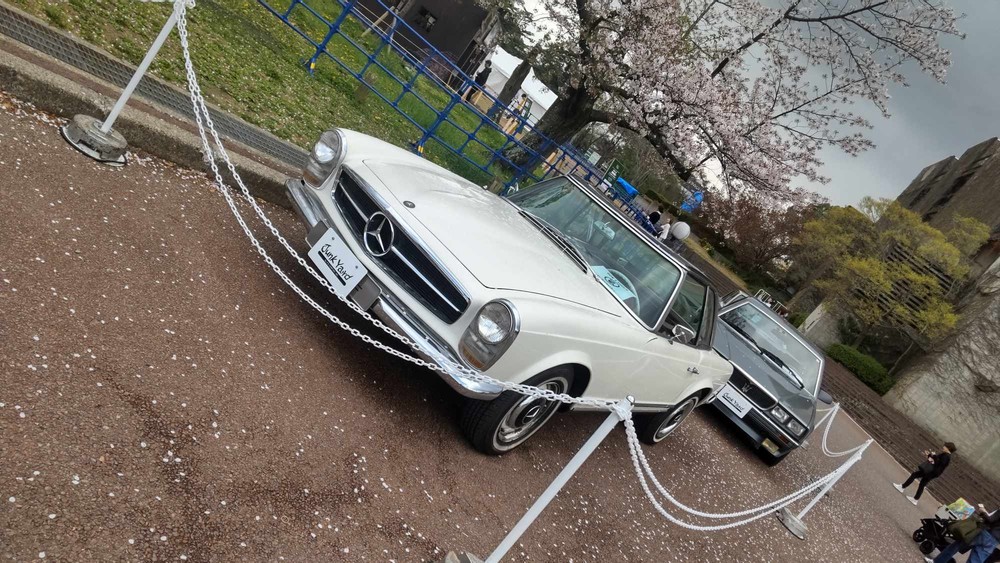
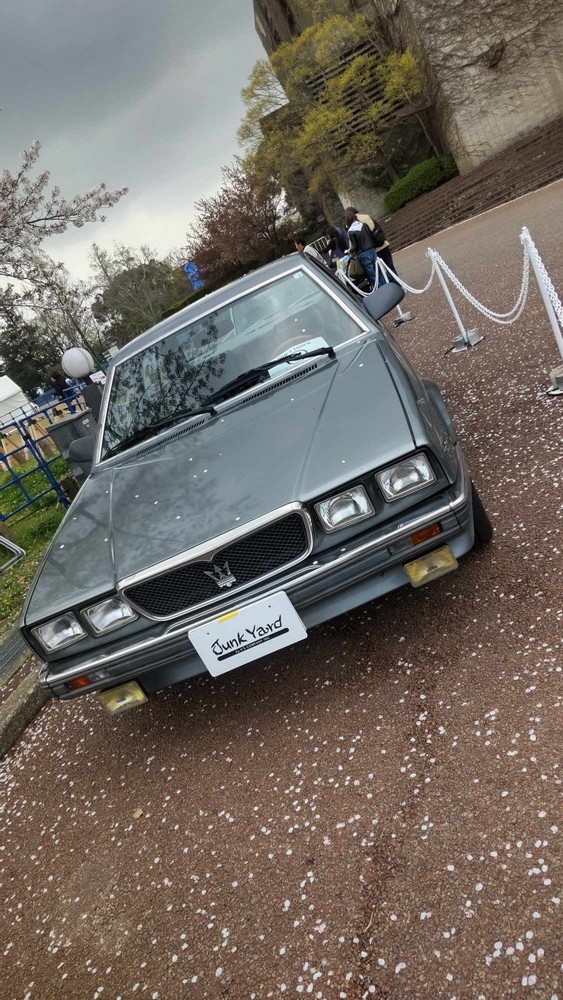
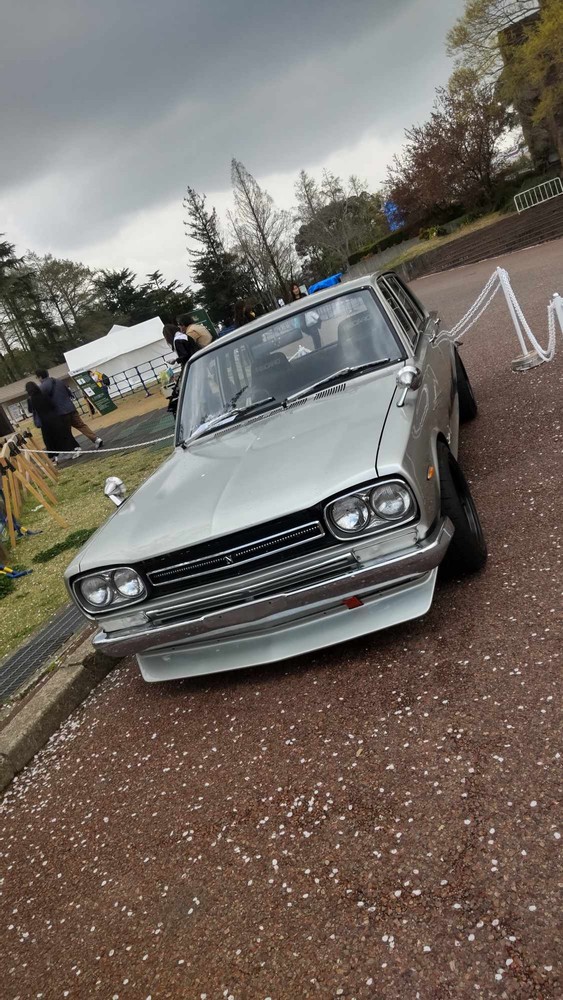
I finally reached an entrance! Woo-hoo!!!
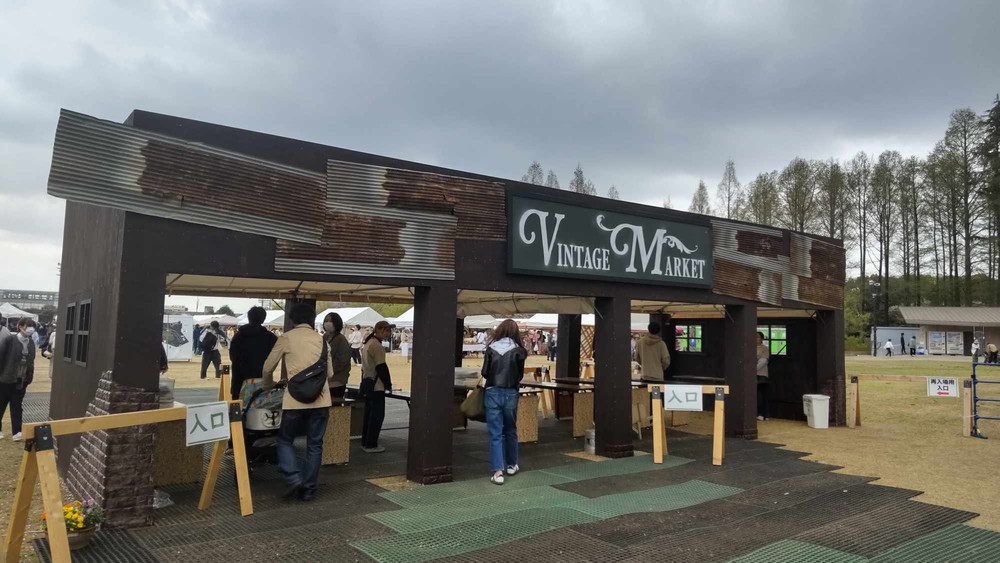
There were more than 150 booths, and it was packed with people.
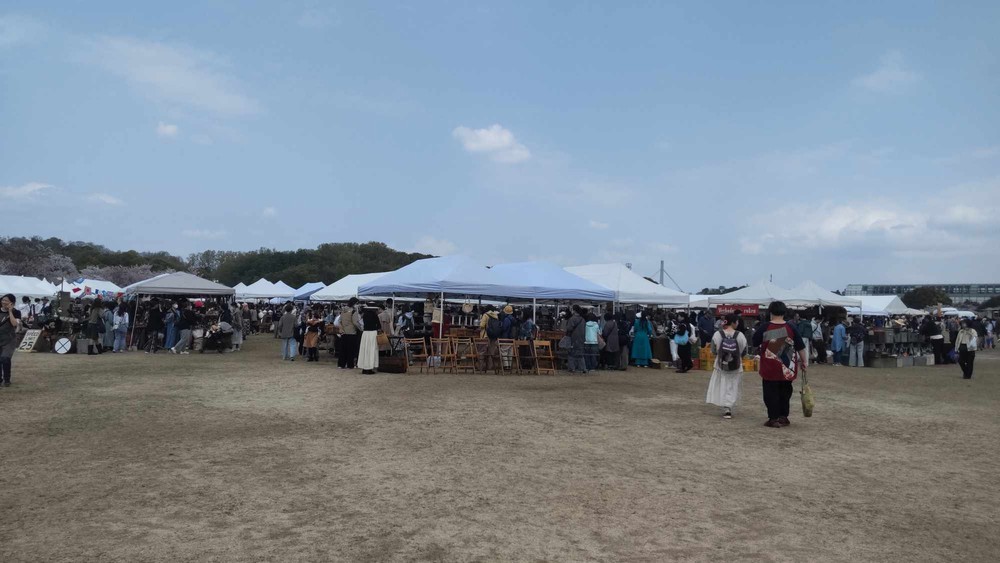
It might be interesting for you, our antique fairs are usually mixing of Western vintages and Japanese vintages.
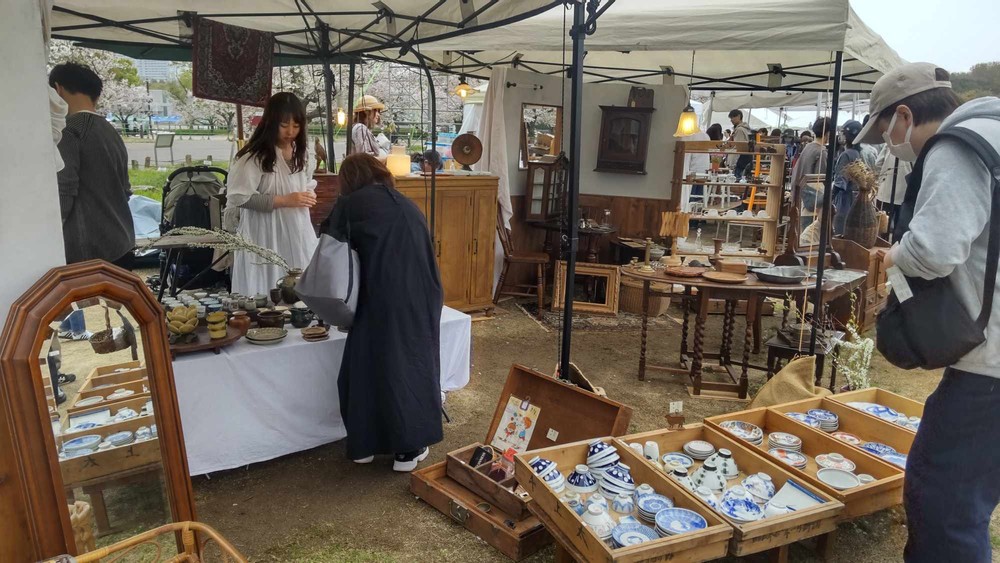
The picture blow shows Japanese old tableware, which are all decor and not hand-painted. Since I'm a china painter, it's easy for me to recognize which ones are decor. So, my Japanese friends always ask my opinion when we go antiquing together. We all prefer to buy hand-painted pieces.
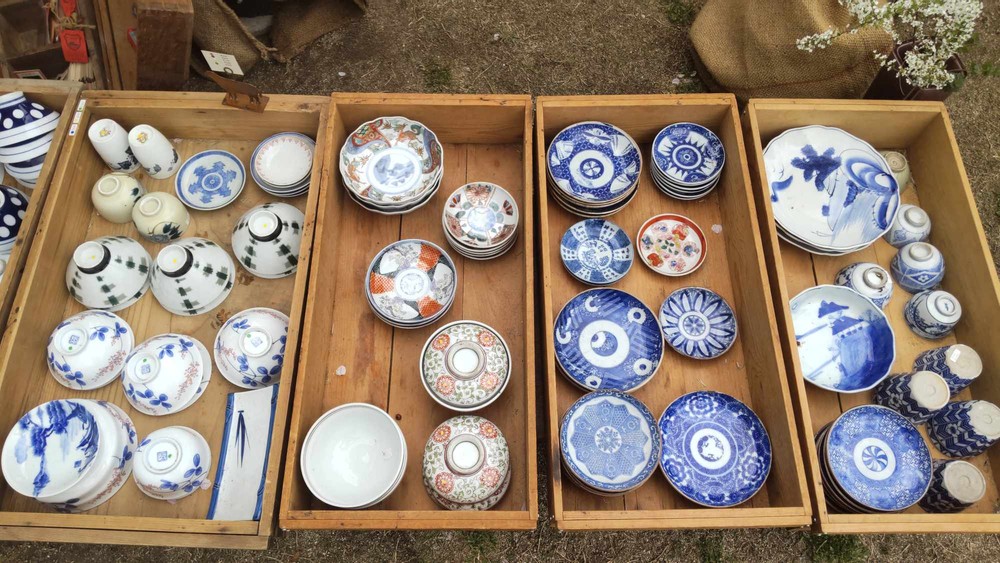
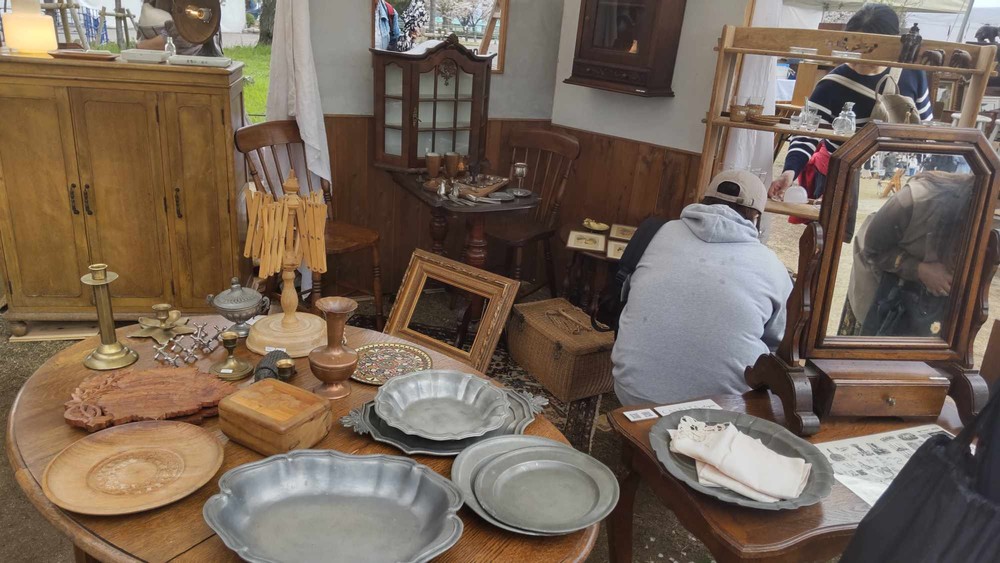
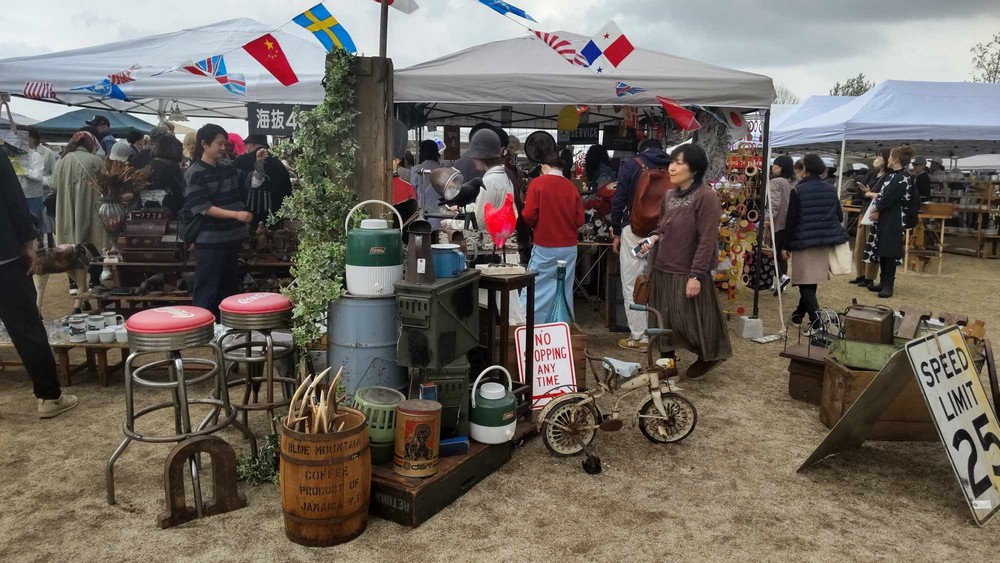
Every time I saw white porcelain, I stopped to think about whether I should buy it.
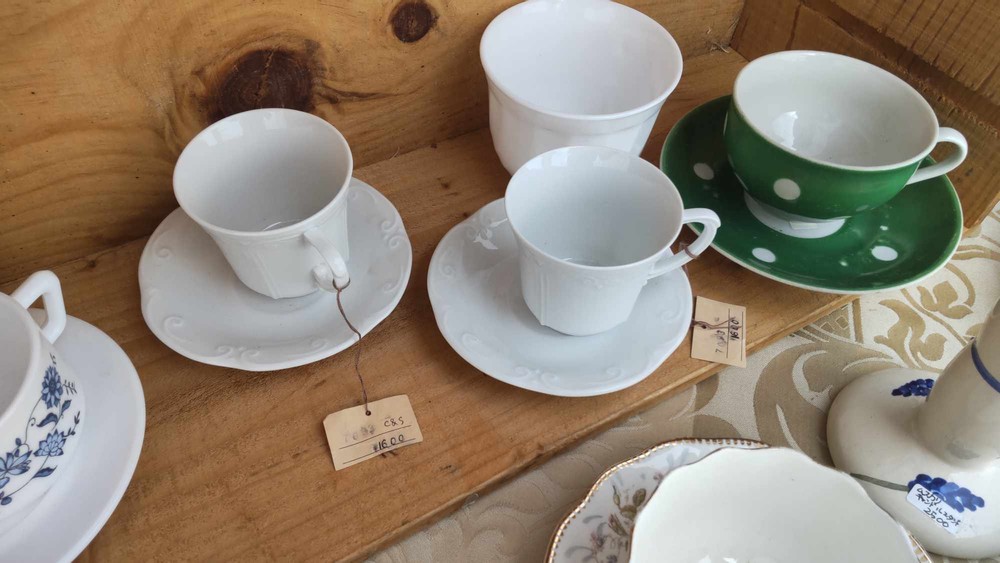
The mimosa flowers reminded me of my poor mimosa tree in my yard. I saw some booths were selling dried mimosa.
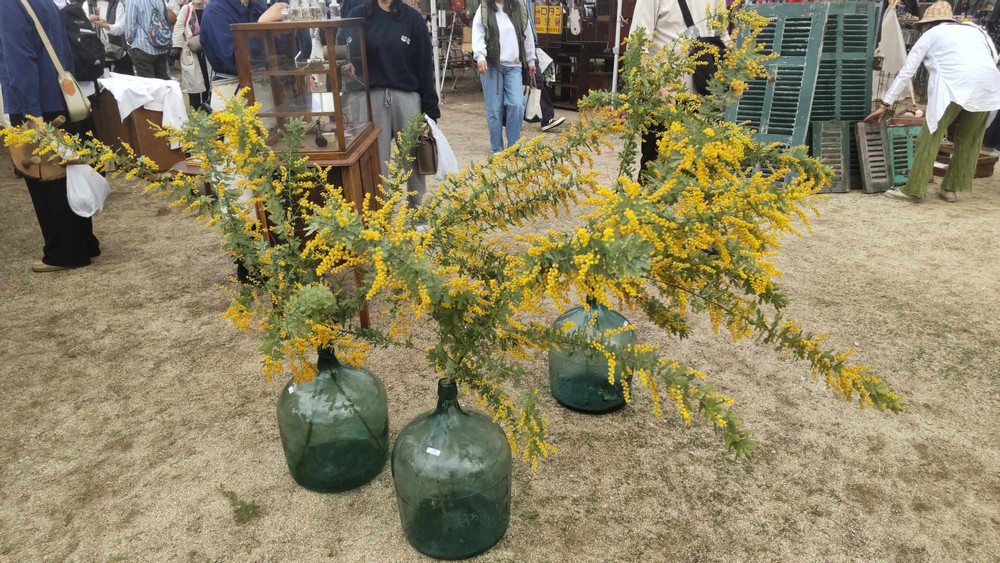
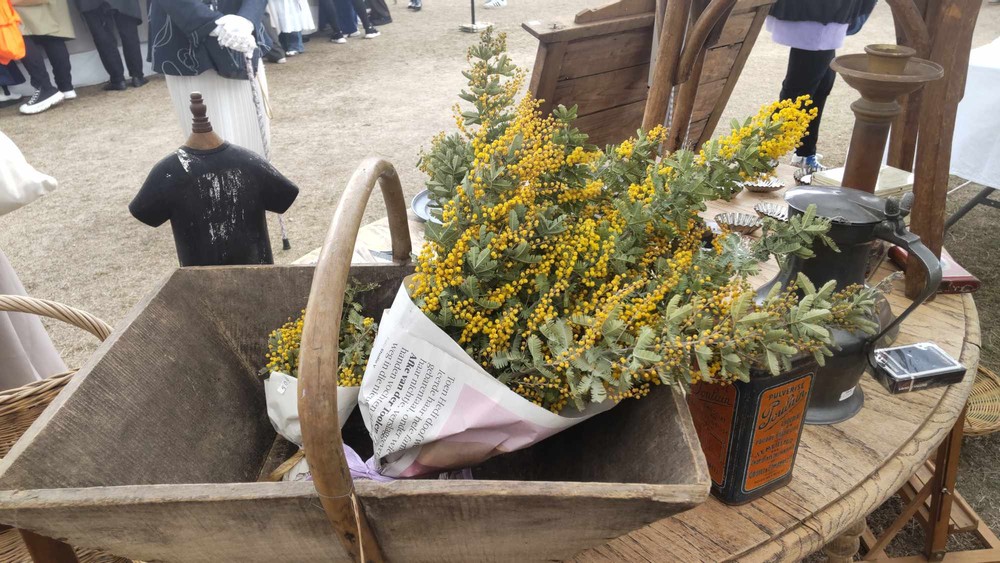

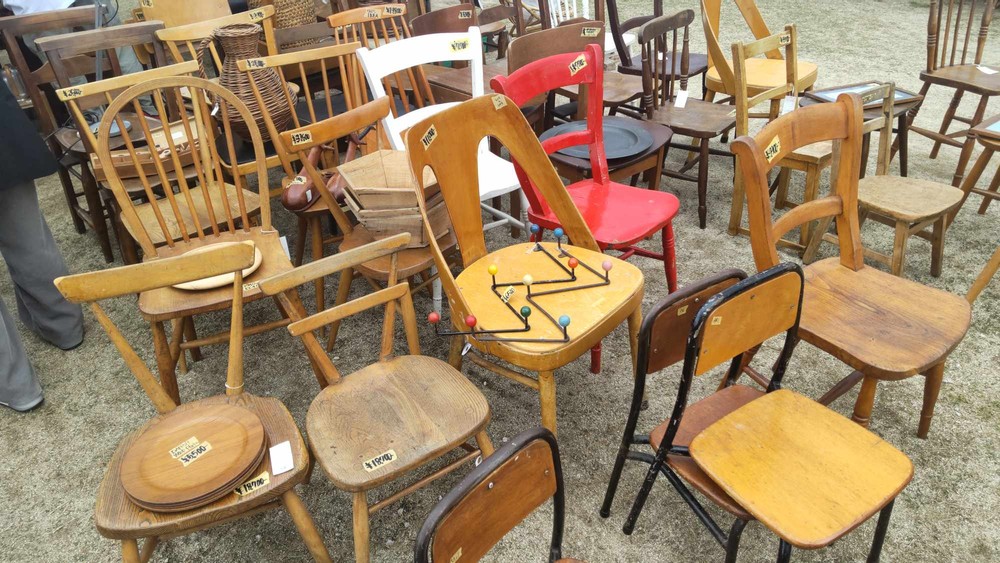
I saw a miniature tipi.

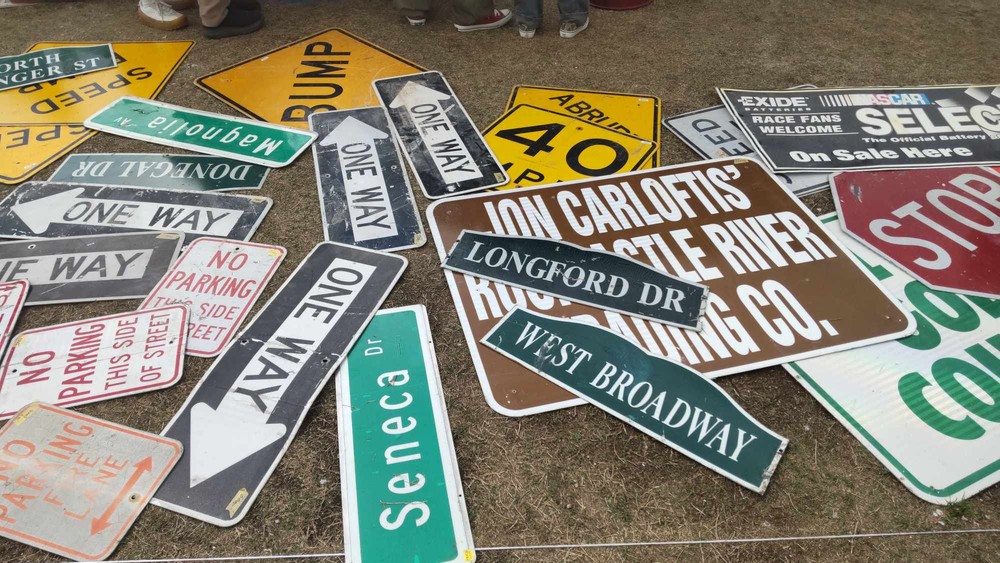
Do you know what the wooden molds in the picture below are? These are very Japanese. They are used for making wagashi (Japanese traditional sweets) helping to keep their shapes perfect.


Antique teddy bears!
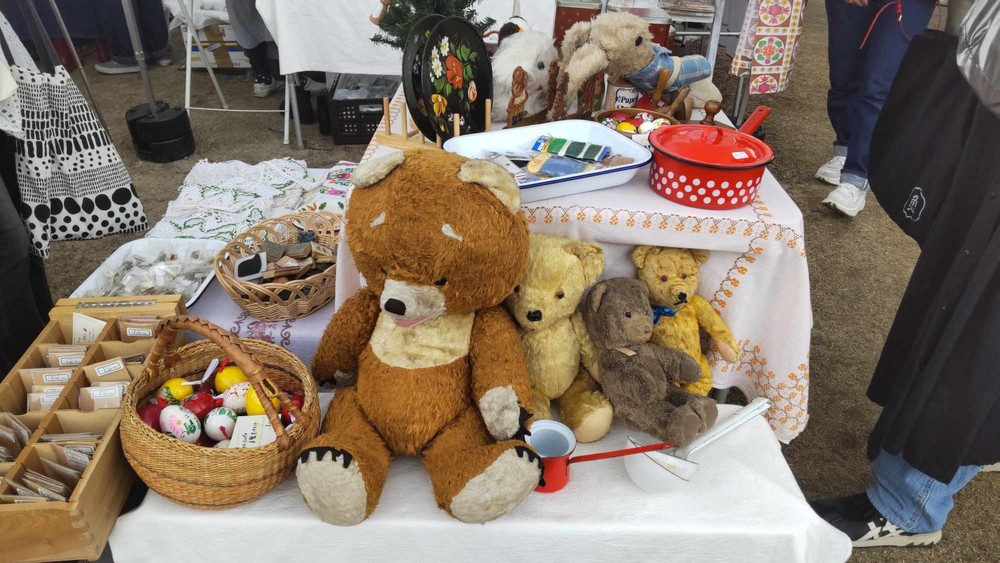
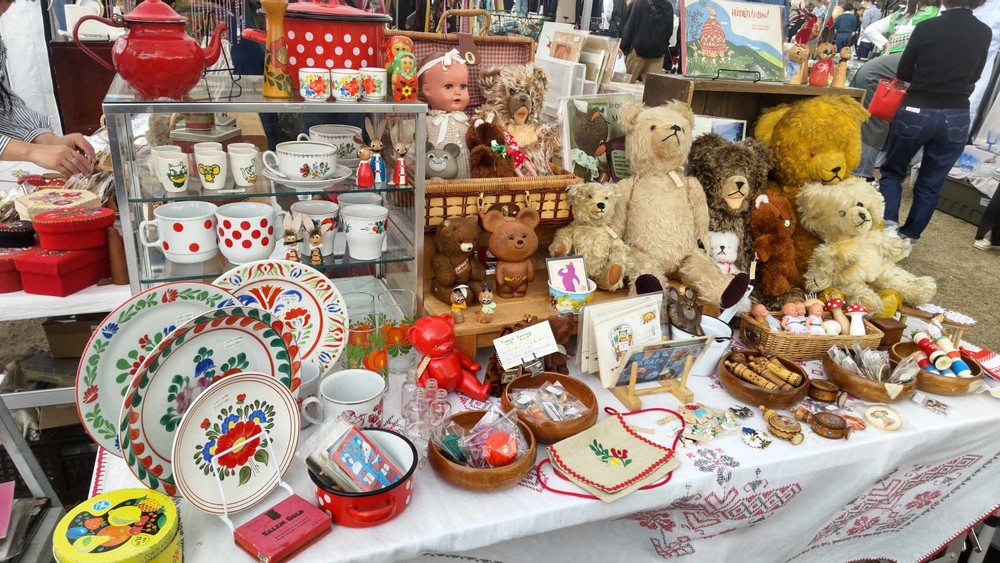
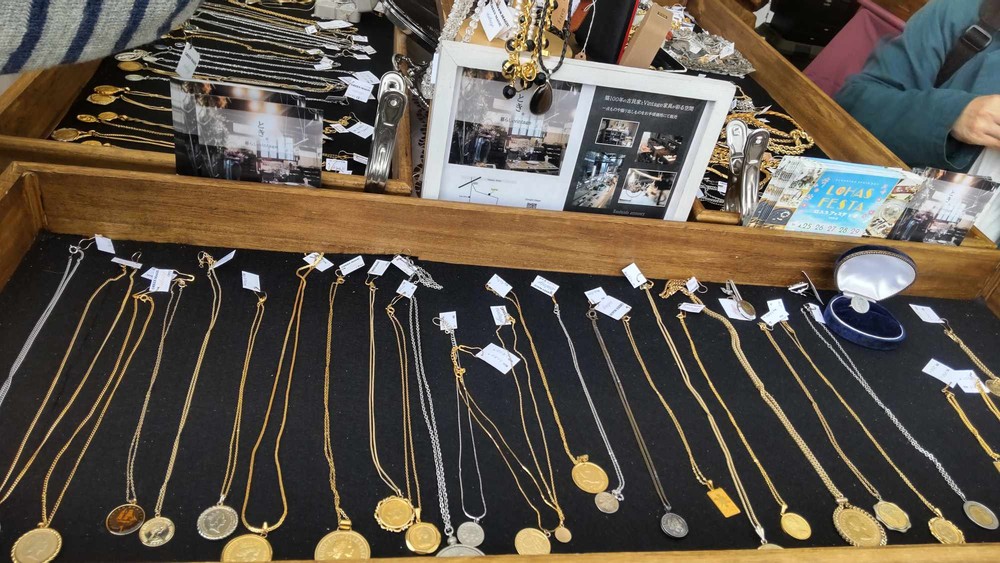
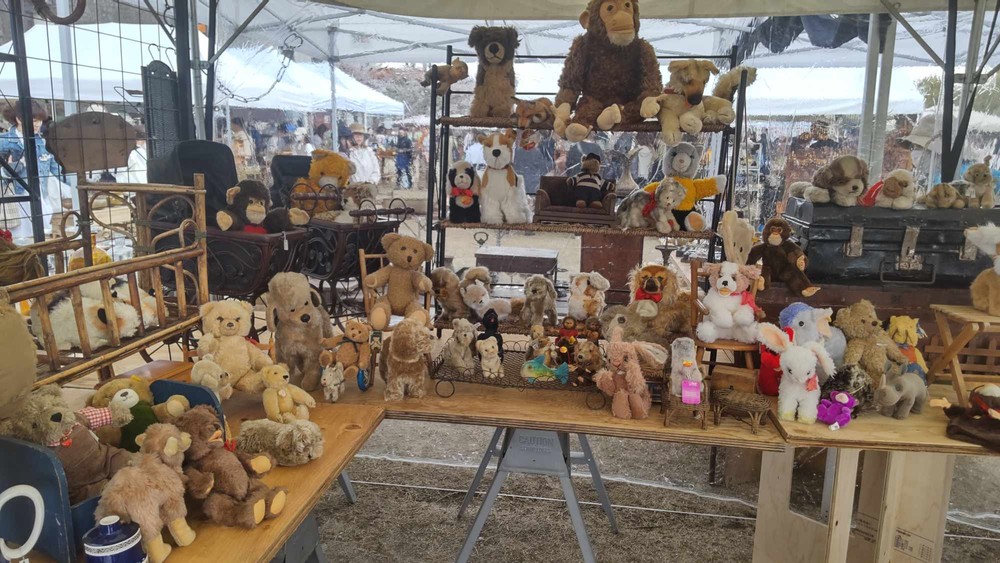
There were lots of live bands playing jazz and blues at the fair.
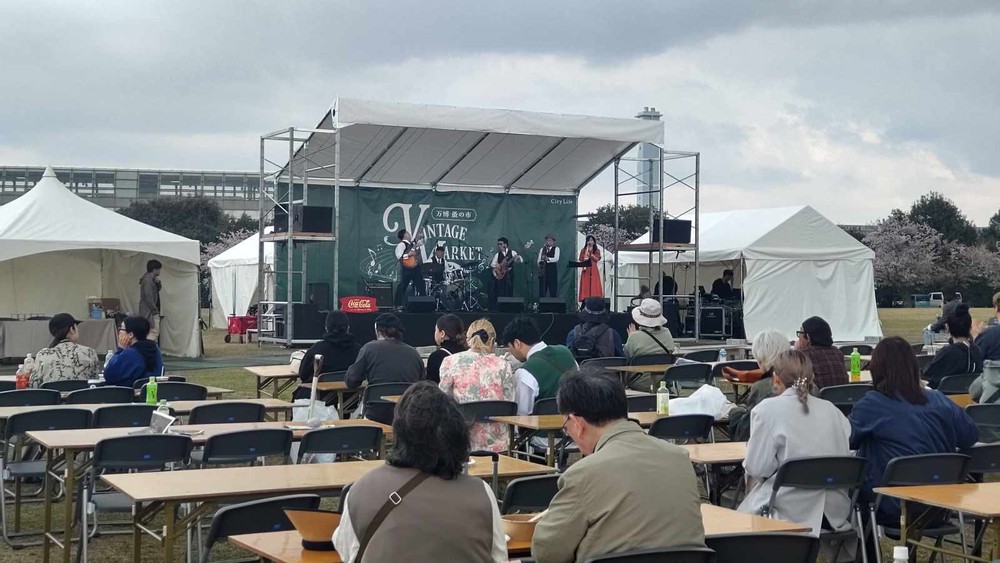
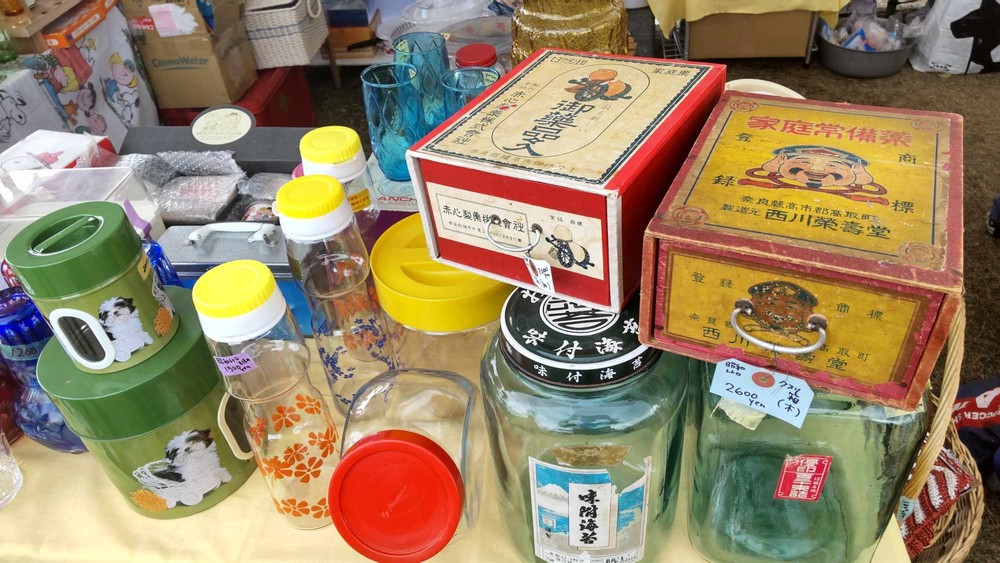
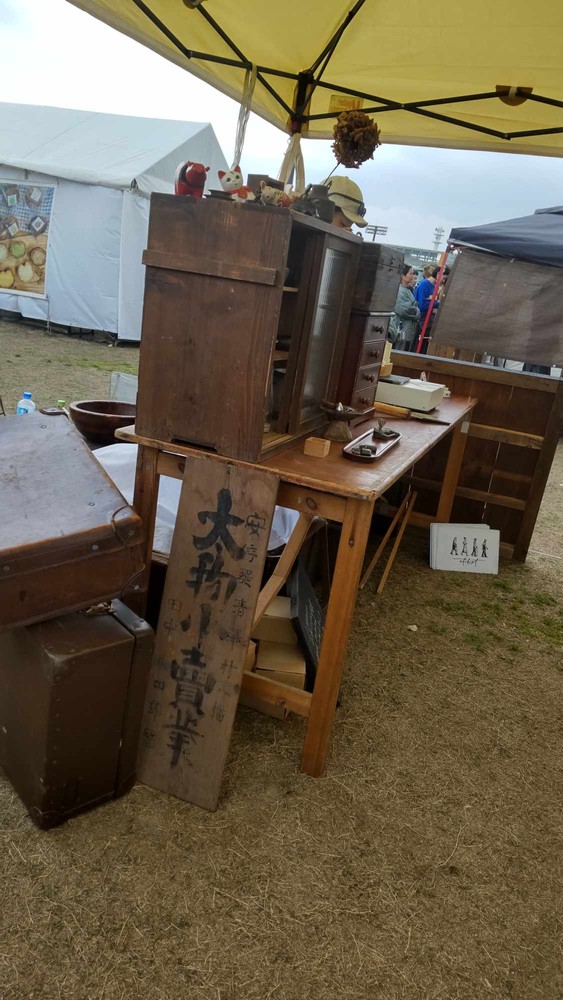
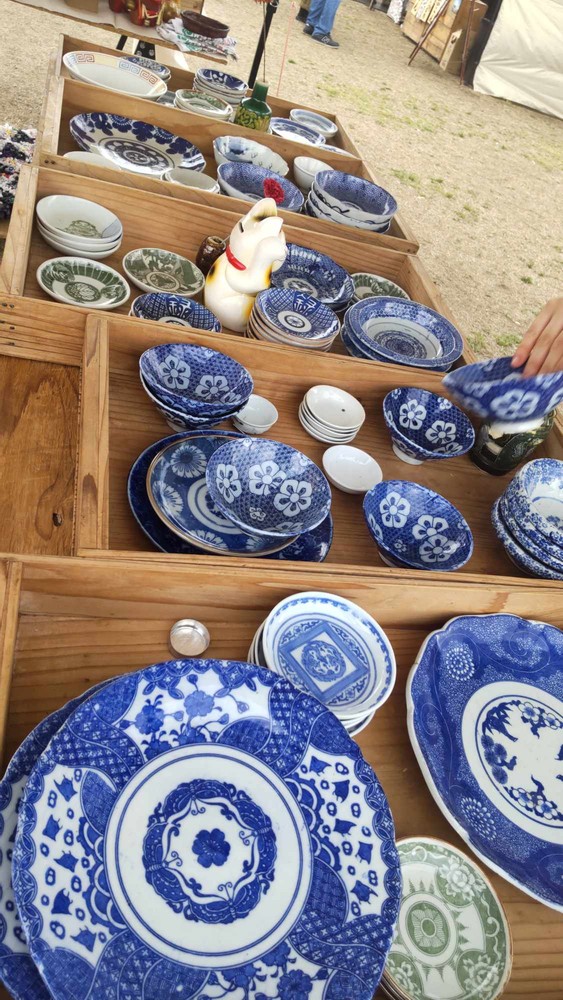
Vintage ROLEX watches.
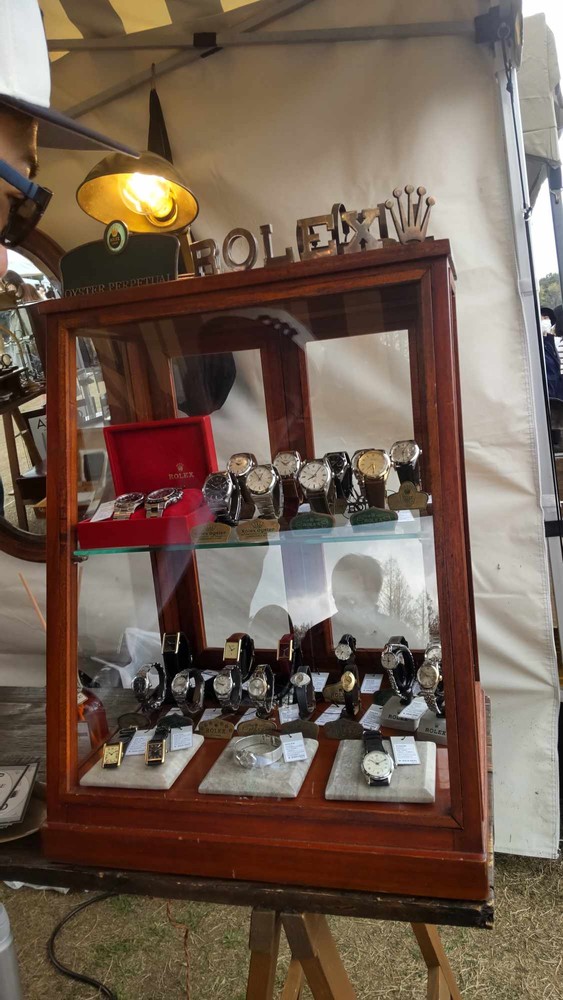
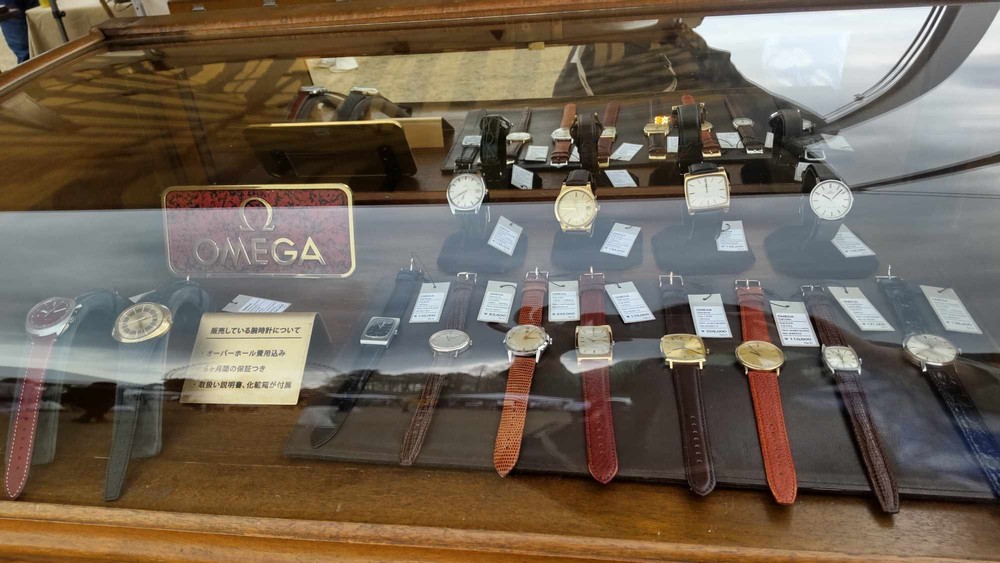
Since I'm a big fan of cameos, I stopped at that booth. Unfortunately, I didn't find a good one, but I still enjoyed looking around.
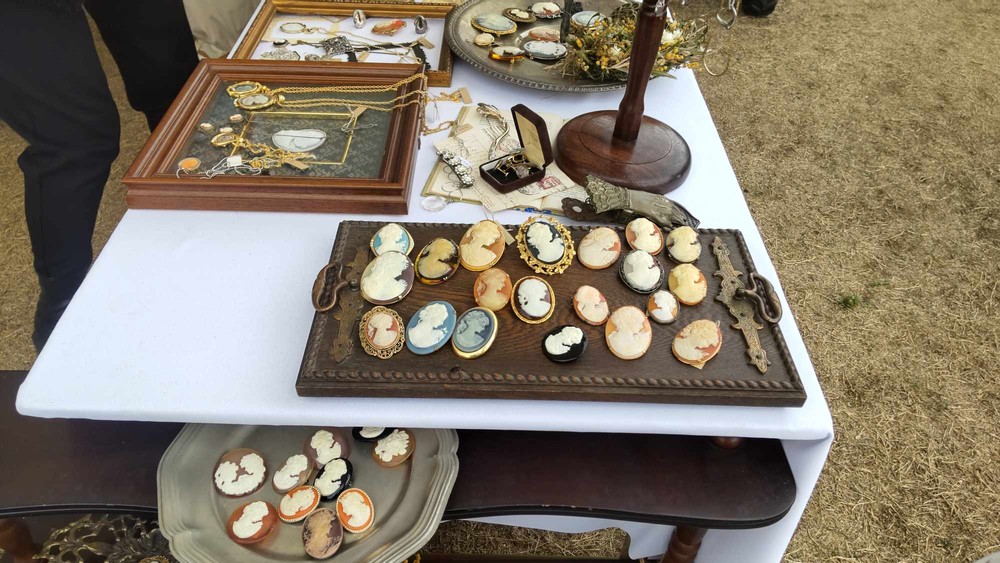
Even when I’m in Japan, I always keep an eye out for "Occupied Japan" china, although I've never actually found one. When I looked at the small pillbox in the picture below, I expected it might be. Unfortunately, it was not. If you are curious about what "Occupied Japan" china is, you can read the last paragraph of my previous journal entry.
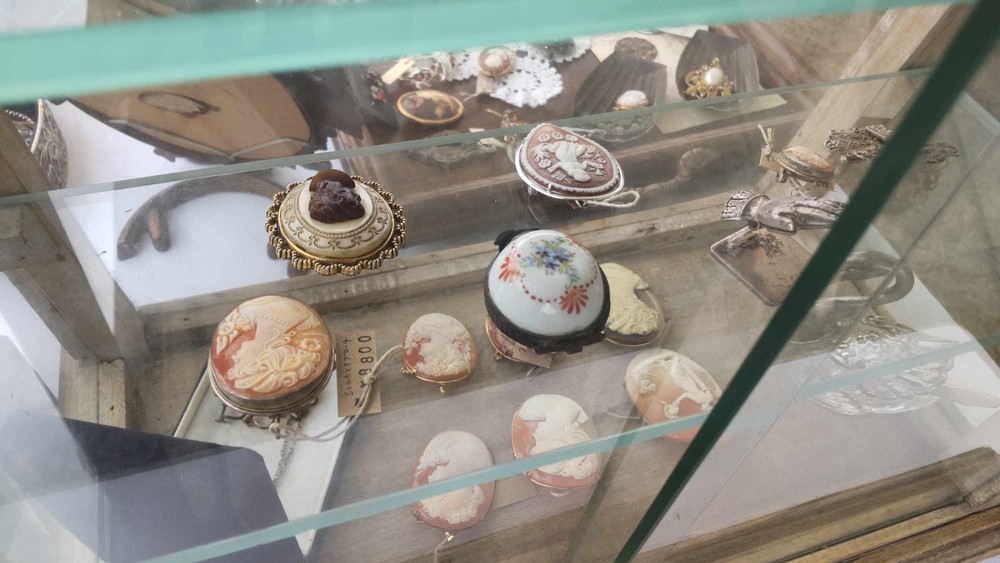
There were lots of food stands too.
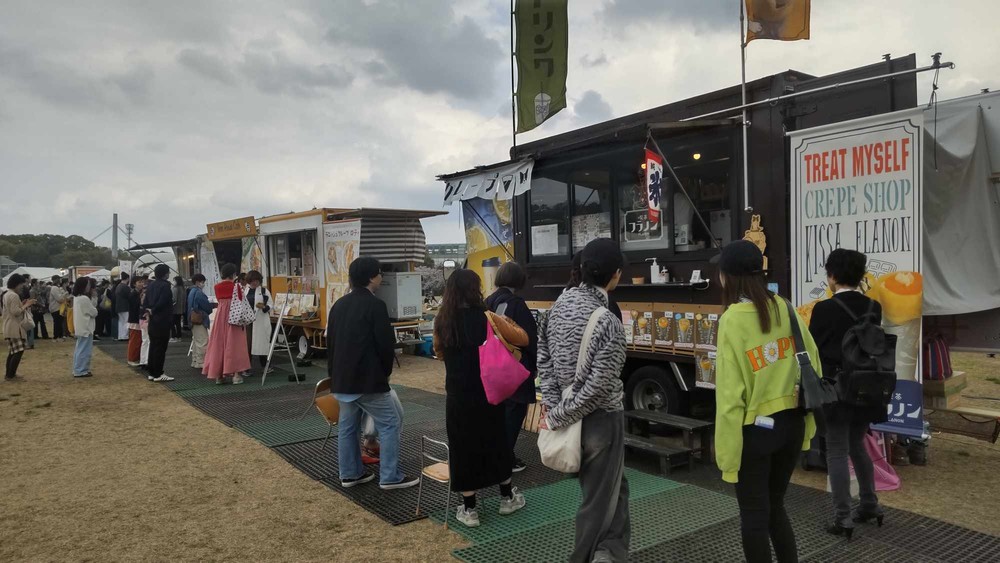
Beautiful enamel boxes from England.

I finally found hand-painted Japanese table wares. They are shown in the pictures below.
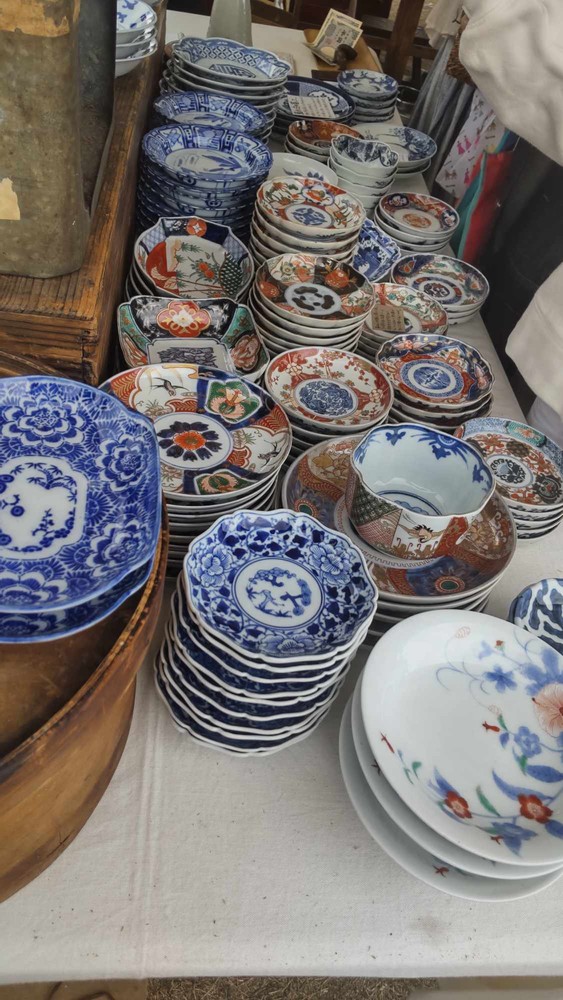
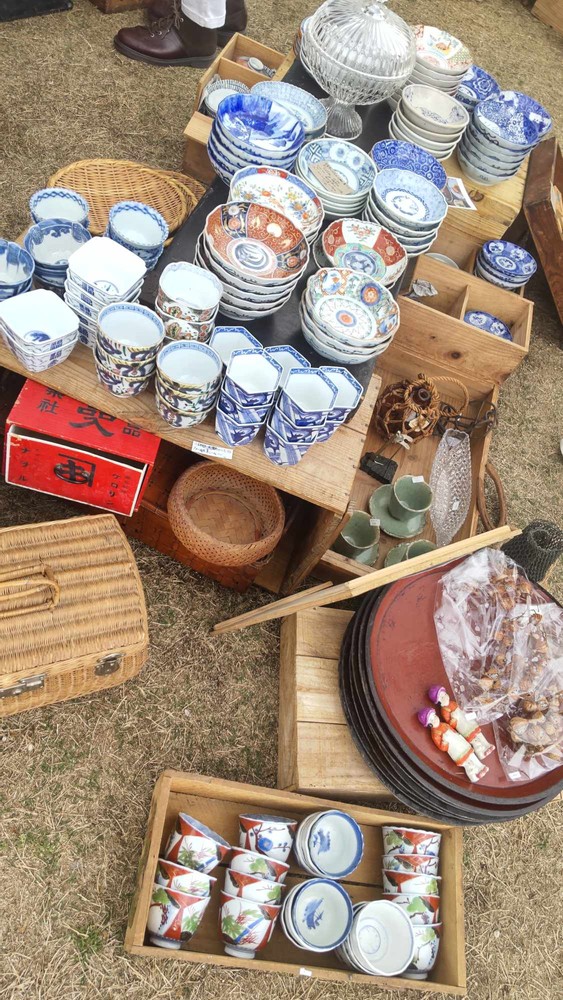
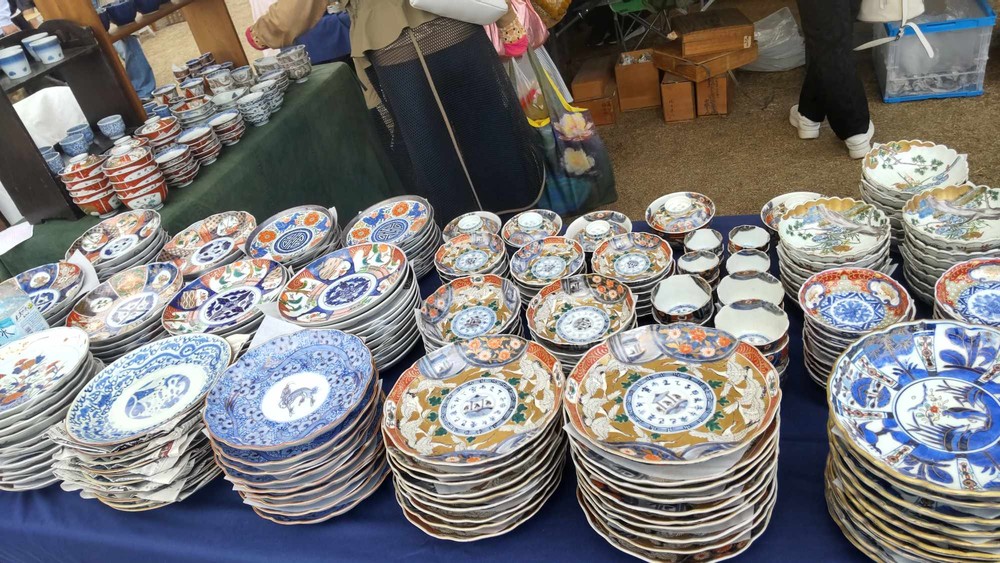
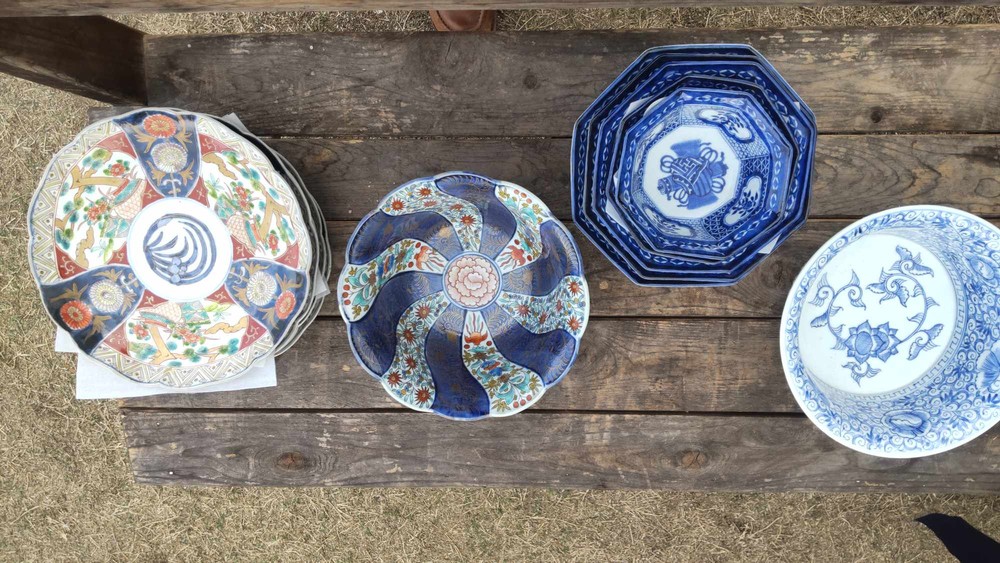
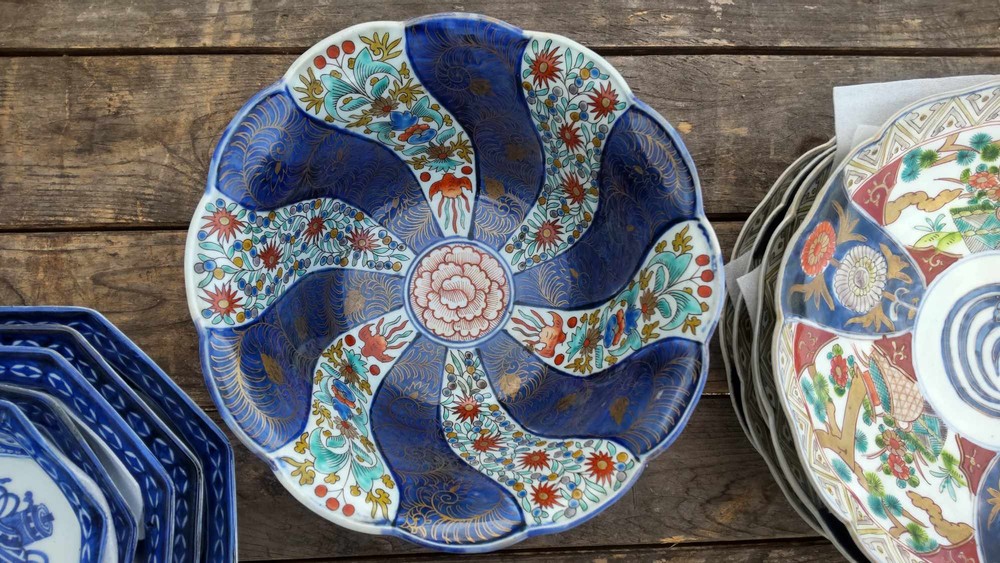
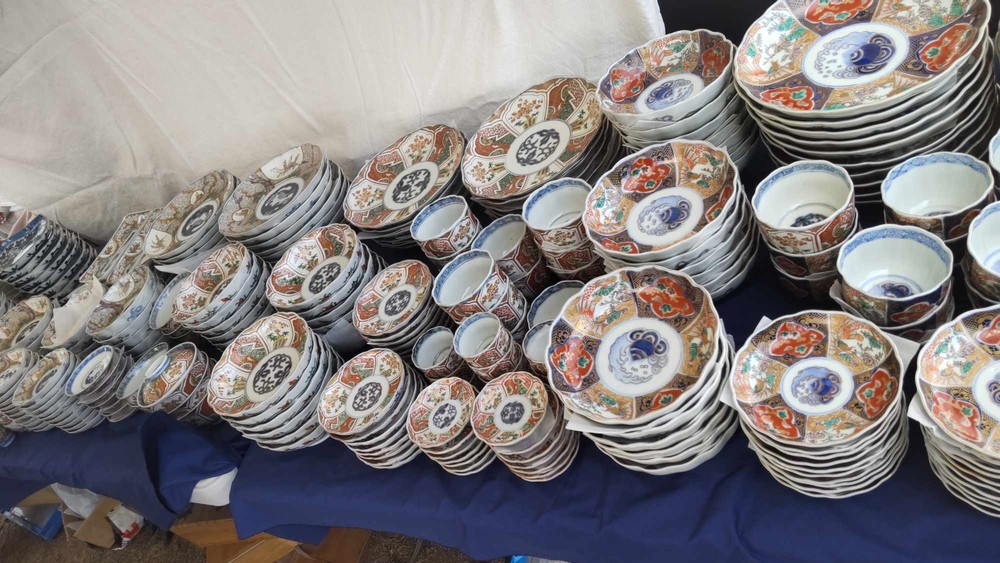
White porcelain spoons. I debated whether to buy some but I ended up not buying them.
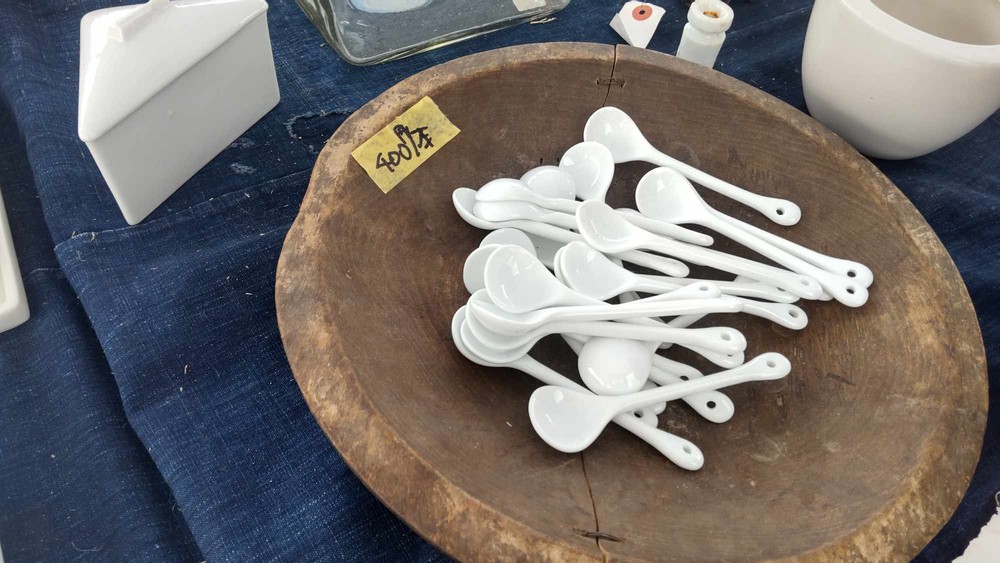
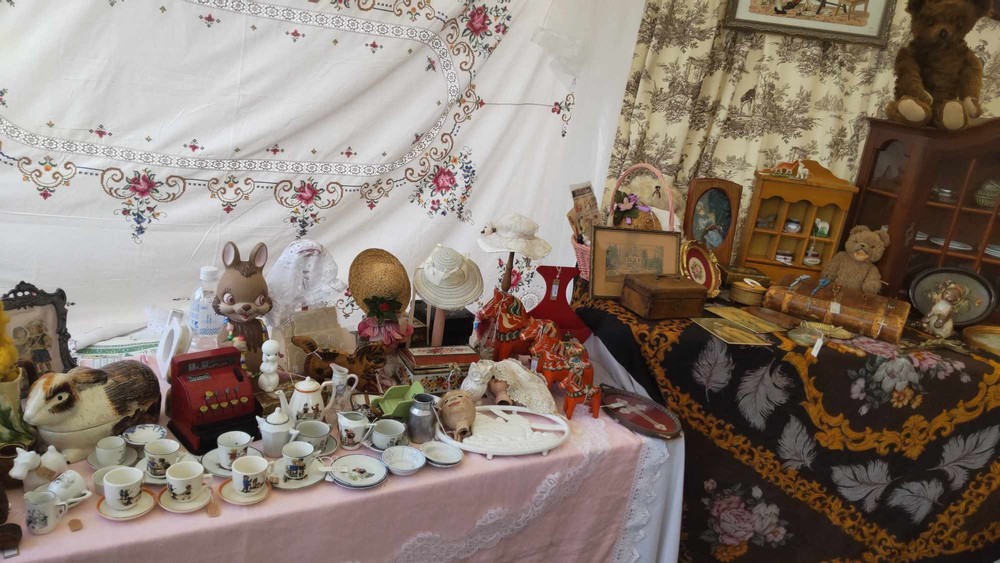
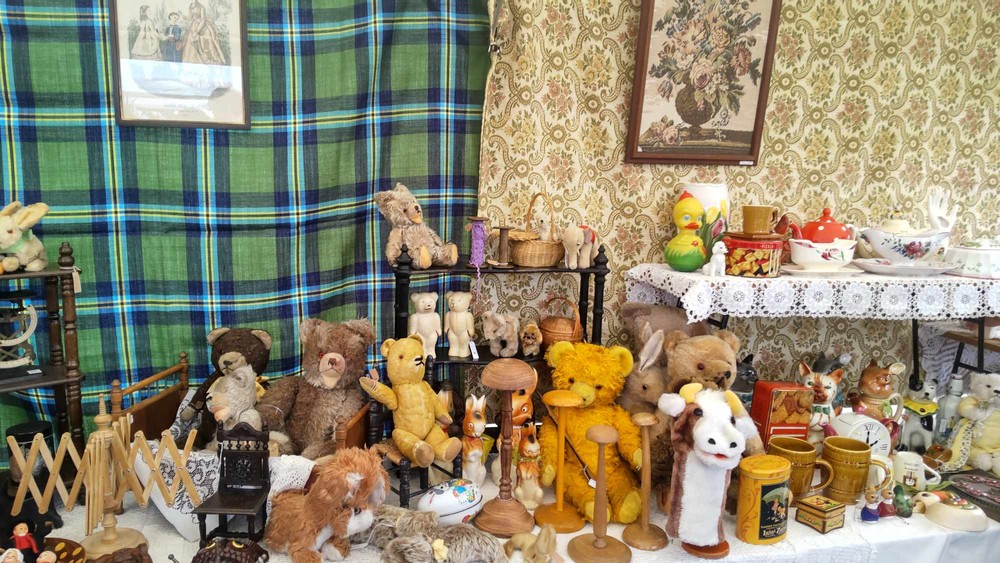
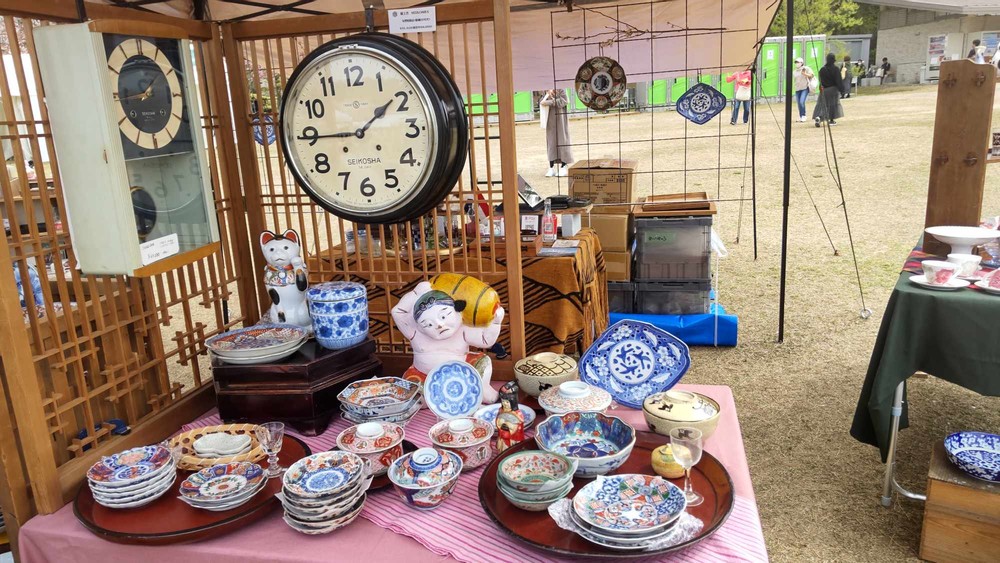
The picture below shows a great bargain. We sometimes find it when we are lucky.
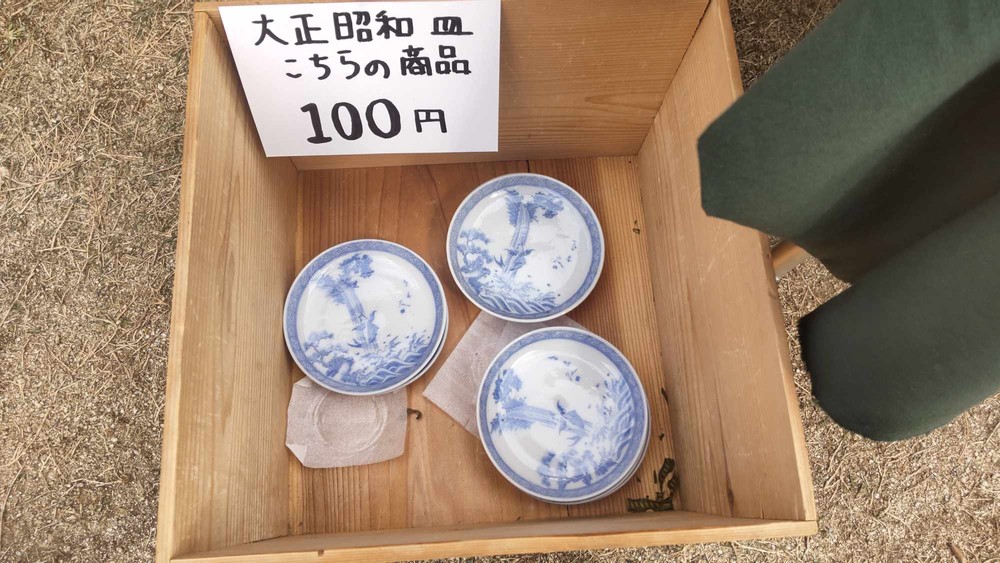
They were already promoting their next fair. Since I had such a great time, I'll definitely go back!
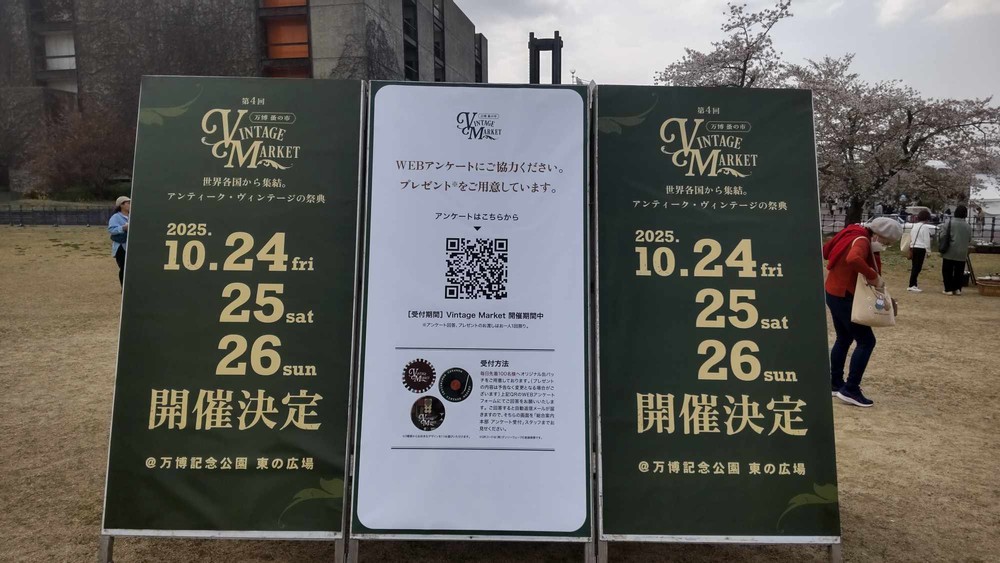
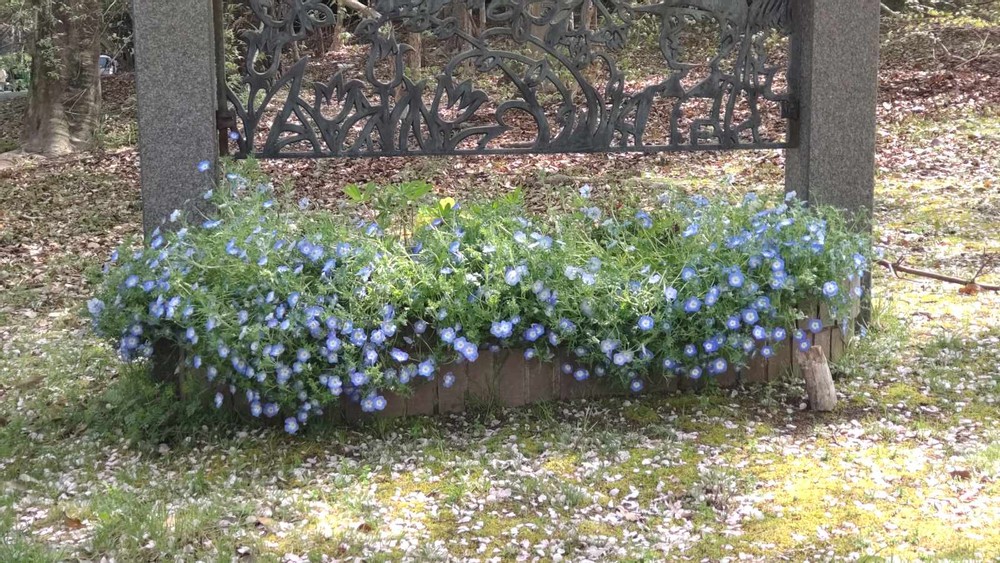
You might wonder what I ended up buying, so here it is in the picture below. They are lacquerware plates made during the Taishō era (1912〜1926). I plan to use these for maki-e. Since I'm still a beginner, once I improve my skills, I'd love to work on them.
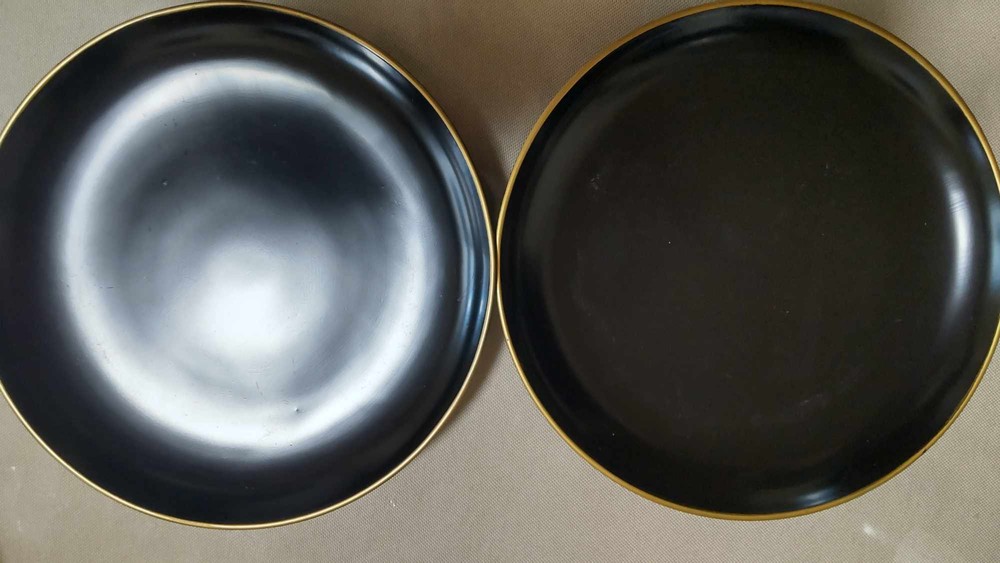
(4857)
Looks like it was fun! Hopefully an "Occupied Japan" piece is waiting for you next time.
Yes, it was so much fun! Thank you for the warm comment for my "Occupied Japan" hunting. I think it's hard to find in Japan so that all were made as export products. It's very interesting that finding it in England was also very hard. So, it's probably hard to find in your country too.
That looks so interesting! I love the excitement of finding something unexpected.
@Ersatzjello It sounds like you like antiquig too!